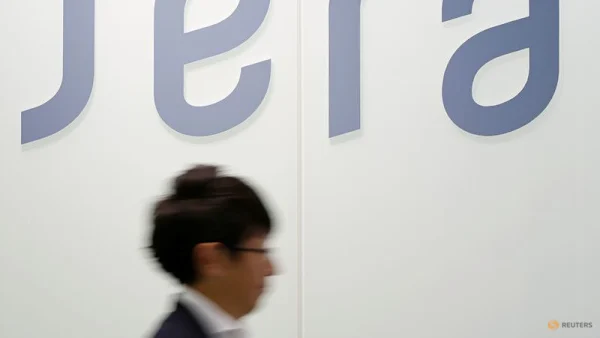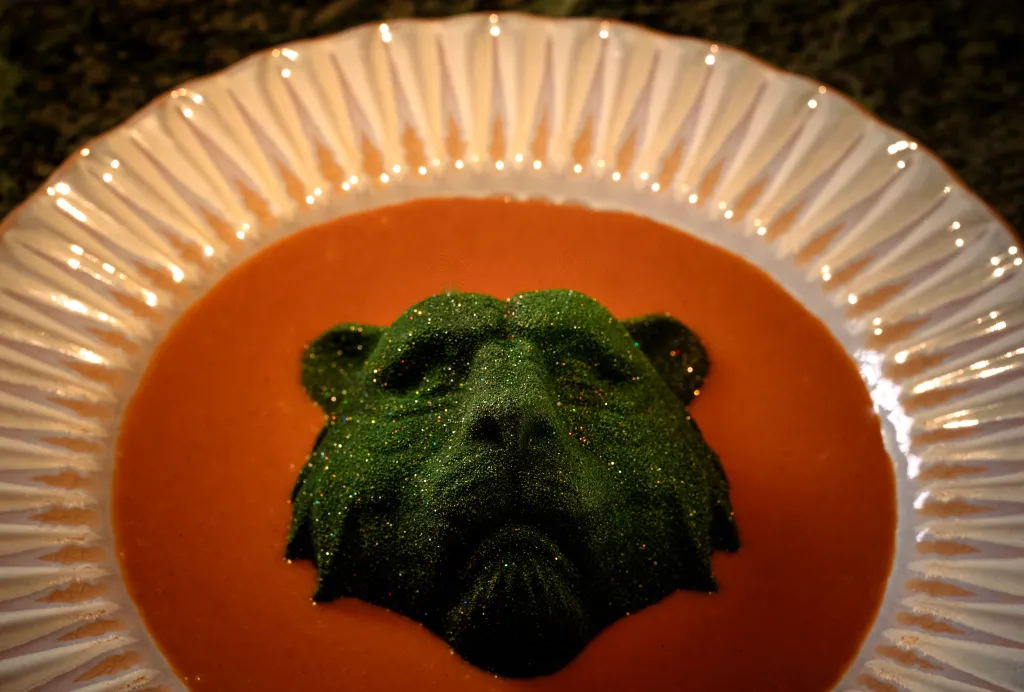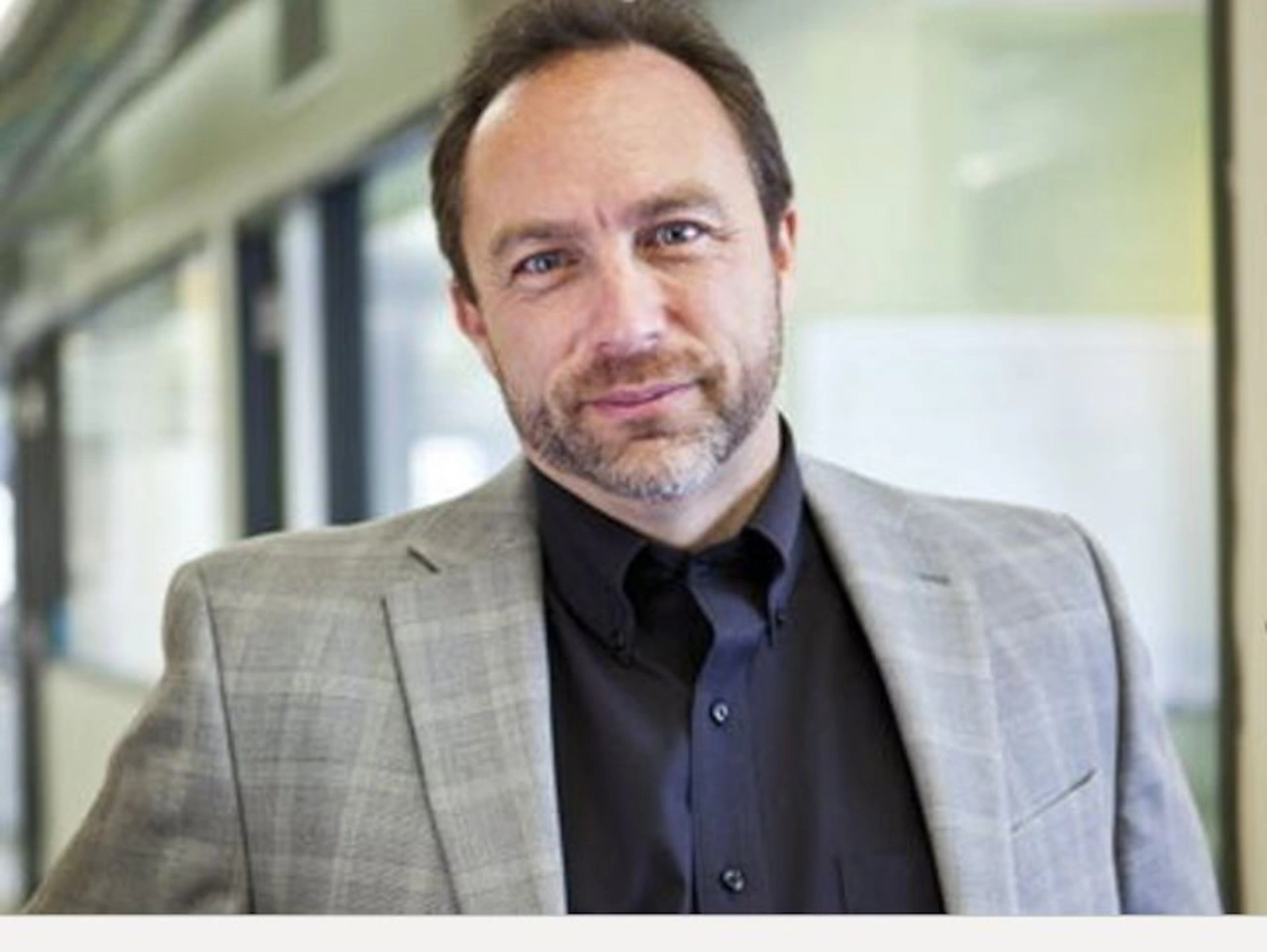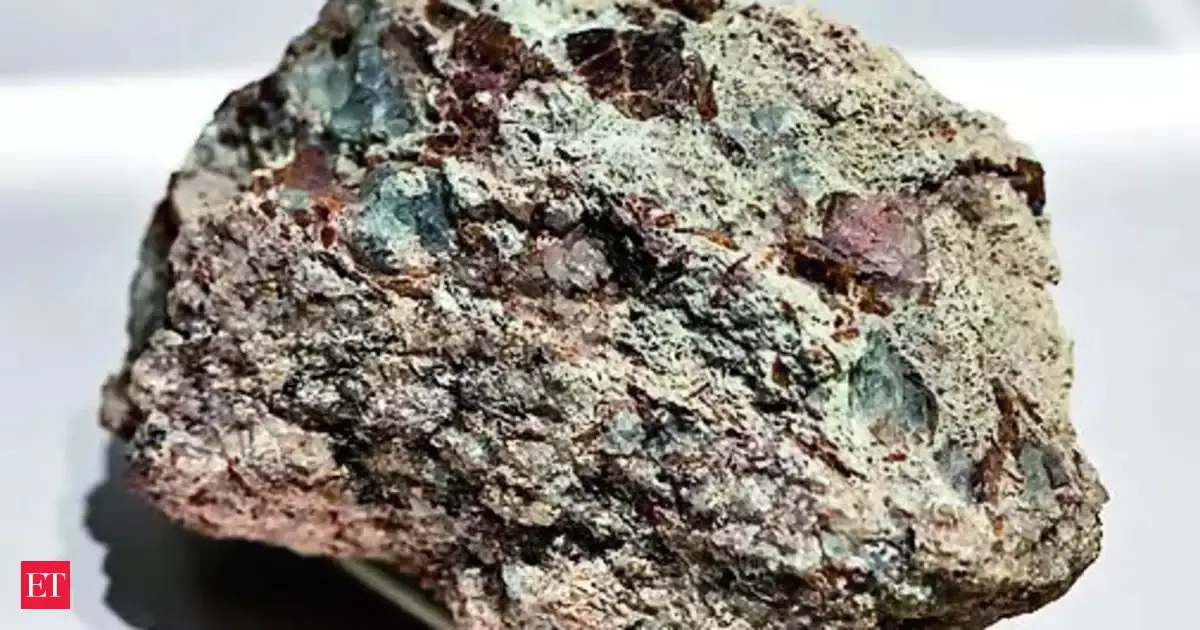Copyright scmp

Steve Stringer works his dream job out of a shed in Melrose Hill, Los Angeles, in the US state of California. The 500 sq ft (46 square-metre) outbuilding was not where Stringer, a Los Angeles-based ceramicist, imagined setting up shop. The day he found it, he was touring a neighbouring property. When that space turned out to be too big for an art studio, the landlord told Stringer to take a look at the shed out back. At first glance, the place looked a bit shoddy, Stringer recalls. But it had good bones and a secret treasure sort of appeal. He told the landlord he would take it. “But I’m calling it a backhouse,” he says. After a month-long DIY renovation, Steve’s Backhouse opened its doors in May. Each month since, Stringer has hosted a slate of creative workshops – most of them sold out – at the studio, including his signature Tattoo a Mug class, during which participants decorate mugs hand-spun by Stringer in a patchwork tattoo style. Stringer formerly took his workshops to vintage stores and coffee shops across LA. Back then, he lugged his supplies around the city and did his best to adapt to whatever seating arrangement his host venue had available. At Backhouse, the ceramicist meticulously created a layout with something for everyone: bar seats for singles, a communal table for socialisers and smaller tables for groups and dates. There are also a few outdoor spots, though those were not so deliberately planned. “I accidentally sold eight extra tickets for a class,” he says, chuckling at himself. So he improvised. It took Stringer the better part of a day to set up his Tattoo a Mug workshop in mid-September. When he was finished, Backhouse looked like a Michelin-starred restaurant. Throughout the room, matching mushroom lamps cast a warm glow over Stringer’s handcrafted wood tables. Atop them lay 32 identical table settings, each containing a No 2 pencil, an underglaze pencil, an eraser, a paper towel, a red clay mug and a flash sheet – a printout of Stringer designs, modelled after the ones created by tattoo artists. It is harder than people think to come up with things to draw on the spot, Stringer says, so he provides the flash sheets as inspiration for attendees. This particular sheet was summer-themed and featured sketches of a shrimp cocktail and a SpongeBob SquarePants ice lolly. “I’m not precious about my own art,” he says. “I don’t mean to undersell it, but I like that people are into it enough to want to put it on their piece too.” Stringer has always had a handle on his illustration style – quaint, witty and a bit kitschy – but the distinctive look that his ceramics share also developed out of necessity. “It’s pretty tricky to draw on pottery and get it to, like, hold up,” Stringer says. “So once I found the materials that worked, that kind of dictated my style. It all looks a little rough – sort of like a kid did it.” Stringer built most of the studio’s interior himself, save for select furnishings and an Ikea shelving unit he painted cobalt blue to match the room. The space lands visually somewhere between a kindergarten classroom and a gallery space. It is unmistakably the work of an artist. “I definitely was always into the art stuff, [but] I didn’t know what path it was going to take,” Stringer says. “It turns out it just took every path.” Until recently, Stringer’s biography was fairly standard for a Hollywood transplant. He got his master’s degree in screenwriting in Texas, moved to LA and grinded at one assistant job after another before he finally got the dream gig in a writer’s room, writing on shows Roswell, New Mexico and Tell Me a Story. Then, as the story goes for many in Hollywood, the Covid-19 pandemic struck, triggering an industry slowdown and leaving Stringer out of work. But then came the plot twist: Stringer struck gold again. At first, ceramics was just an escape from the monotonous copywriting work Stringer dreaded. “I definitely didn’t envision it as a stream of income. It was therapeutic,” he says. On top of that, Stringer was on a tattoo kick but too risk-averse to ink anyone but himself. Ceramics were a perfect substitute. But Stringer never did anything halfway, says John Bellina, his long-time friend and former roommate. The two moved together to LA after completing the screenwriting master’s programme at the University of Texas at Austin in 2013. When Stringer’s casual hobby became a full-fledged business, Bellina was not surprised. The ceramicist’s art practice integrated much of the work he had done before. As a television writer, Bellina says, Stringer had a strong voice and “always could find a way to the joke so quickly”. It is the same with his ceramics, which often feature puns or other quips, Bellina says. “You have such limited space to make three words really pop, and you get exactly what he’s going for,” he says. At his September workshop, Stringer shrugged on the art teacher archetype like an old jumper. For the first five minutes, he gave a monologue, working his way through a step-by-step explanation of the “tattoo” process, which he said jokingly, “is not a thing – I just made it up for TikTok”. “The stakes are low; you can’t really mess it up,” he said, assuring his students. “And if you forget anything, I’m happy to repeat myself. I do it all the time.” For the next two hours, Stringer roved the room, pausing to sharpen pencils or praise participants’ designs. When Ellie Alfeld asked whether her underglaze pencil lines were too thick, he assured her they were just right. “Do you have to say that – that it’s perfect?” Alfeld’s girlfriend, Sofia Leimer, asked. Stringer quickly answered, “No”, so earnestly it was impossible not to believe him. Stringer’s favourite spot to linger was in the front doorway, where he could watch over the indoor and outdoor crowds. When someone called for him mid-task, he told them, “I’ll come back.” But he never hovered, workshop attendee Celine Cormier says. “He kind of just pops in when you need that support or direction.” Cormier has attended several of Stringer’s workshops, including his first Tattoo a Mug class. She keeps coming back because, to her, there is nothing quite like the atmosphere Stringer creates. “LA and the art scene, it can be a little exclusionary,” Cormier says. At Backhouse, where the door is wide open and fresh flowers are on the table, “you almost feel like you’re going to someone’s house”. Stringer might make his money creating and teaching ceramics, but “Steve’s main business is the art of bringing people together,” says Josie Francis, co-founder of creative arts practice Fuzz & Fuzz and a past workshop co-host of Stringer’s. Stringer’s ceramics practice also orchestrated chance meetings in his own life. Bridget Derraugh, Stringer’s girlfriend of nearly two years, was casually scrolling on Hinge in spring 2024 when she stumbled across a ceramicist whose work looked familiar. Eventually, she came to realise she had used one of the guy’s mugs at a friend’s house a few days before. The mug was from the first market Stringer ever sold at – Derraugh’s friend had been his first customer. The two messaged back and forth about the serendipity of it all, and the date went really well, Derraugh says. When Stringer told Derraugh about his idea for Backhouse, she was not sure whether it was feasible financially or otherwise. “But just knowing his personality,” Derraugh says, “he has the creative side, but he also is a planner and very diligent and attentive to detail, and can be a perfectionist sometimes. “I was just kind of like, ‘Yeah, if anyone’s gonna do it, it’s you,’” she says. “In some ways,” Stringer says, “I feel much more like I was meant to be doing this. I loved TV writing when I was doing it, but I like looking back, maybe I never fully fit in.” Right now, Stringer is ramping up on wholesale deals and looking to test out a drop-in style model at Backhouse. He is not sure what is next for the place, but he is glad that, unlike when he worked in the entertainment industry, he will get to make that decision when the time comes. “For good reason, TV has structure and rules,” he says. “But I get to make up the rules here.”



